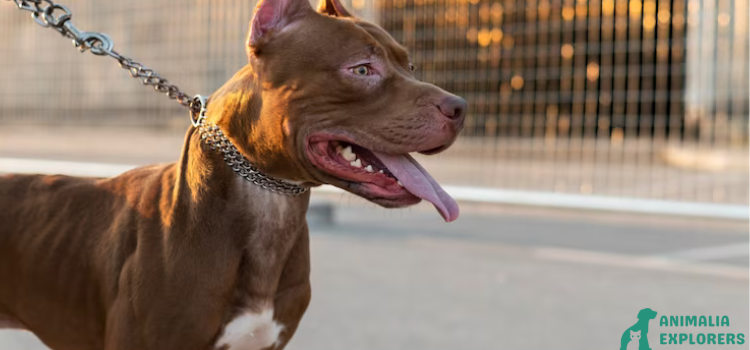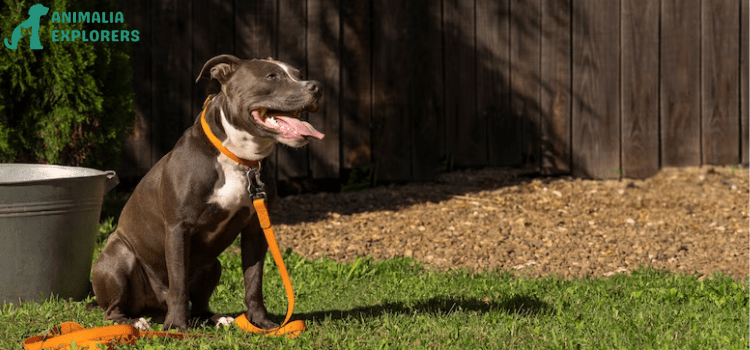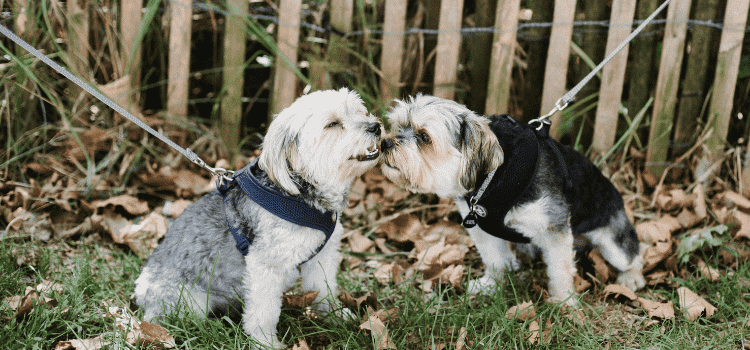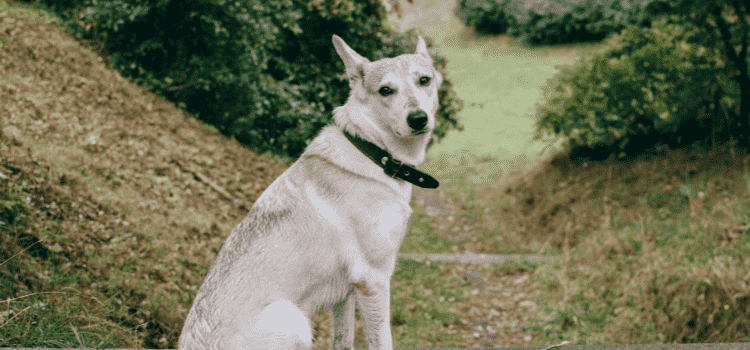Discovering the Truth: Will a Shock Collar Really Stop a Dog from Biting?

Discovering the Truth: Will a Shock Collar Really Stop a Dog from Biting?
Are you tired of constantly worrying about your dog’s aggressive behavior? Have you considered using a shock collar, but wondered if it’s truly effective or just another gimmick? Well, buckle up because we are about to dive deep into the controversial world of shock collars and uncover the truth behind their claims. In this blog post, we will separate fact from fiction and explore whether these devices can genuinely put an end to your furry friend’s biting habits. Get ready for an eye-opening journey that will challenge preconceptions and provide you with valuable insights on finding the best solution for your beloved companion.
WHY PUPPIES CHEW

If you have a puppy, you’ve probably noticed that they like to chew on things. It’s important to understand why puppies chew so that you can help redirect their chewing behavior.
Puppies chew for a few different reasons. The first is that it’s simply part of their teething process. Puppies start to get their adult teeth at around 3-4 months old, and during this time they’ll often chew on things to help relieve the discomfort of growing new teeth.
Puppies also chew out of boredom or frustration. If they don’t have anything else to do, they may start chewing on furniture or other objects in your home. This is why it’s important to provide your puppy with plenty of toys and attention; if they’re well-stimulated and happy, they’re less likely to turn to destructive chewing.
Some puppies may chew due to Separation Anxiety. If a puppy is left alone for long periods, it may start chewing as a way to cope with their anxiety and loneliness. This is why it’s important to gradually introduce your puppy to being alone so that they can learn to cope in your absence.
WHY ADULT DOGS CHEW

There are a few reasons why your adult dog may be chewing. The first reason is that they may be teething. Just like human babies, puppies go through a teething phase where they want to chew on everything to help relieve the pain of their new teeth coming in.
Another reason your dog may be chewing is because they’re bored. If your dog isn’t getting enough mental stimulation or exercise, they may start chewing out of boredom. This is especially true if they start chewing on things they’re not supposed to, like your furniture or shoes.
If your dog is anxious or stressed, they may also start chewing as a way to calm themselves down. This is often seen in dogs who have separation anxiety and start chewing on things when their owner leaves them alone.
Whatever the reason for your dog’s chewing, it’s important to find a way to address the behavior so that it doesn’t become a destructive habit. Providing your dog with plenty of chew toys, puzzle toys, and opportunities for exercise can help reduce boredom and stress, while also giving them an outlet for their natural urge to chew. If you think your dog’s chewing may be due to anxiety or stress, talk to your veterinarian about possible solutions, such as behavior modification training or anti-anxiety medication.
PROBLEM CHEWERS

There are several reasons why a dog might chew on things, including boredom, teething, anxiety, or even just because they like the taste or texture of something. If your dog is chewing on things that they shouldn’t, it can be frustrating and even dangerous. A shock collar may seem like an easy way to stop the behavior, but it’s important to understand how they work and if they’re the best solution for your dog.
Shock collars deliver a sudden and brief electric shock to the dog when they are activated by a remote control or trigger device. The shock is meant to startle the dog and deter them from continuing the unwanted behavior. However, there is debate about whether or not these devices are effective at stopping dogs from chewing.
Some proponents of shock collars argue that they are an effective training tool when used correctly. They point out that the key is to use the collar as part of a positive reinforcement training program, rather than using it as punishment for bad behavior. Others say that shock collars are inhumane and can cause physical and psychological damage to dogs.
The truth is that there is no definitive answer when it comes to whether or not shock collars will stop a dog from biting. It likely depends on the individual dog and its unique personality and motivation for chewing. If you’re considering using a shock collar to stop your dog’s chewing behavior, be sure to speak with a professional trainer or behaviorist first to get
TRAINING WITH AN E-COLLAR

Assuming you would like tips for using an e-collar:
When used properly, an e-collar is a safe and effective way to train your dog. Here are some tips to get the most out of your e-collar training:
- Choose the right collar. There are many different types and brands of e-collars on the market. Do your research to find the one that is best for your dog’s size, temperament, and the specific behavior you are trying to correct.
- Start with low settings. When first using the collar, put it on your dog at the lowest setting possible. If they respond well to this level, you can gradually increase the intensity as needed.
- Be consistent. Like any type of training, consistency is key when using an e-collar. Make sure everyone in the household is using the collar in the same way so that your dog knows what is expected of them.
- Use positive reinforcement. In addition to using the collar, be sure to praise your dog when it displays the desired behavior. This will help them associate good things with wearing the collar and make training more effective overall.
HOW TO USE AN ELECTRONIC COLLAR TO STOP CHEWING AND BITING

When it comes to electronic collars, there are several different ways that they can be used to stop a dog from biting and chewing. Here are a few of the most common methods:
- The first way is to simply put the collar on your dog whenever he or she is likely to bite or chew. This will give them a mild shock every time they attempt to do so, which will soon teach them that it is not something that they should be doing.
- Another way to use an electronic collar is to set it up so that it goes off automatically when your dog starts biting or chewing. This can be done by placing the collar around their neck and setting the timer for when you want it to go off.
- You can also use an electronic collar in conjunction with other training methods, such as obedience training or behavior modification techniques. For example, you could give your dog a command to “sit” and then immediately follow it up with a shock from the collar if he or she does not comply.
- You can also use an electronic collar as part of a larger behavior management system, such as using it along with a crate or other type of confinement to prevent your dog from being able to bite or chew while he or she is inside.
What Are the Drawbacks of Using Shock Collar Training for Biting?
There are a few potential drawbacks to using a shock collar to train your dog not to bite. First, some dogs may become even more aggressive when they are shocked, which could lead to further biting. Second, if the collar is not used properly, it could cause your dog physical pain or even burns. Shock collar training can be expensive, and it may not be the most effective method of training for all dogs.
Using Shock Collar Training for Biting Correction for Adult Dogs
Shock collar training is a controversial topic in the dog world, with many people believing that it’s inhumane and can cause more behavioral problems than it solves. However, when used correctly, shock collar training can be an effective way to stop a dog from biting.
When using a shock collar for biting correction, it’s important to start at a low level and gradually increase the intensity if necessary. You should never use the highest setting on the collar, as this can cause your dog pain and fear. Instead, only use enough stimulation to get your dog’s attention.
It’s also important to pair the shock with positive reinforcement, such as treats or praise. This will help your dog associate the shock with something positive instead of something negative. With consistent training, your dog should eventually learn that biting is not acceptable behavior.
FAQs
1. What is the best way to stop your dog from biting?
The best way is positive reinforcement training, socialization, and early bite inhibition teaching. Seek professional help if needed, avoid punishment, and provide chew toys.
2. Do vets recommend shock collars?
Vets generally don’t recommend shock collars. Consult a vet or trainer for alternatives that prioritize your dog’s well-being.
3. Do shock collars make dogs more aggressive?
Shock collars can increase aggression or fear in some dogs. Consult professionals and consider humane training methods.
4. Do all dogs respond to shock collars?
No, responses vary. Dogs have unique temperaments; consider individual needs and explore positive reinforcement training.
Can a shock collar completely stop a dog from biting?
No, a shock collar alone cannot guarantee to stop a dog from biting. It is important to address the underlying causes of aggressive behavior through proper training and behavior modification techniques.
CONCLUSION
After reading this article, it’s clear that using a shock collar is not an effective way to stop a dog from biting. There are better, more humane methods out there that will work just as well, if not better. If you’re thinking about using a shock collar on your dog, we urge you to reconsider and try one of the other training methods instead.







